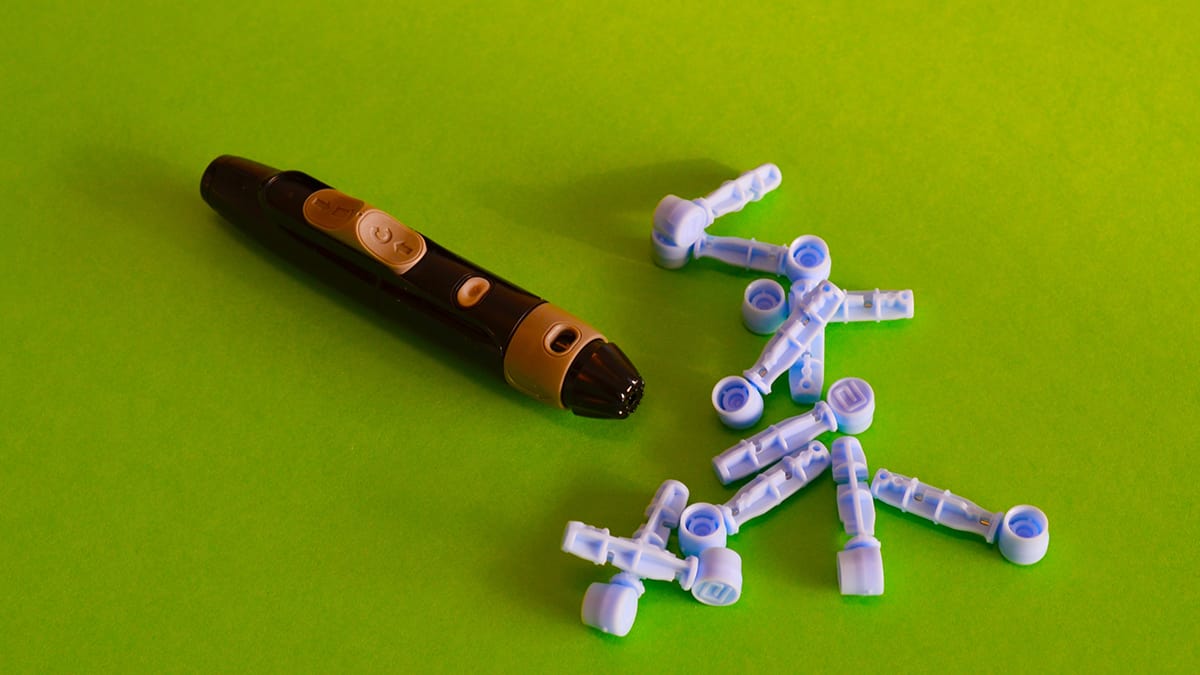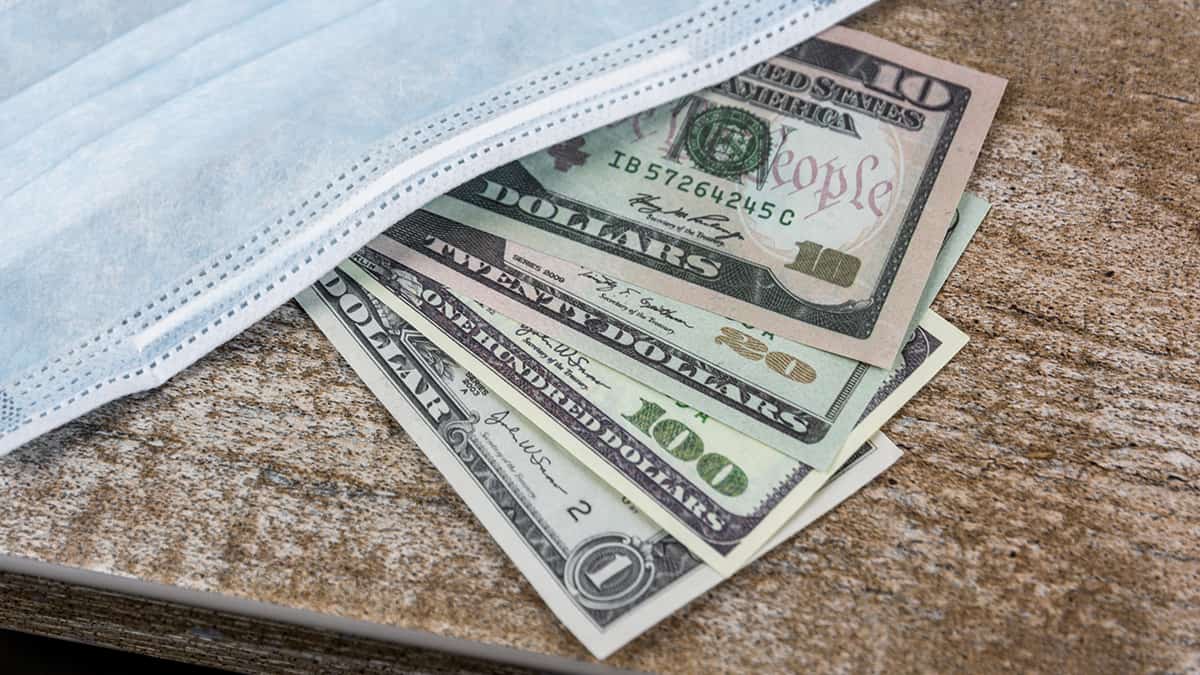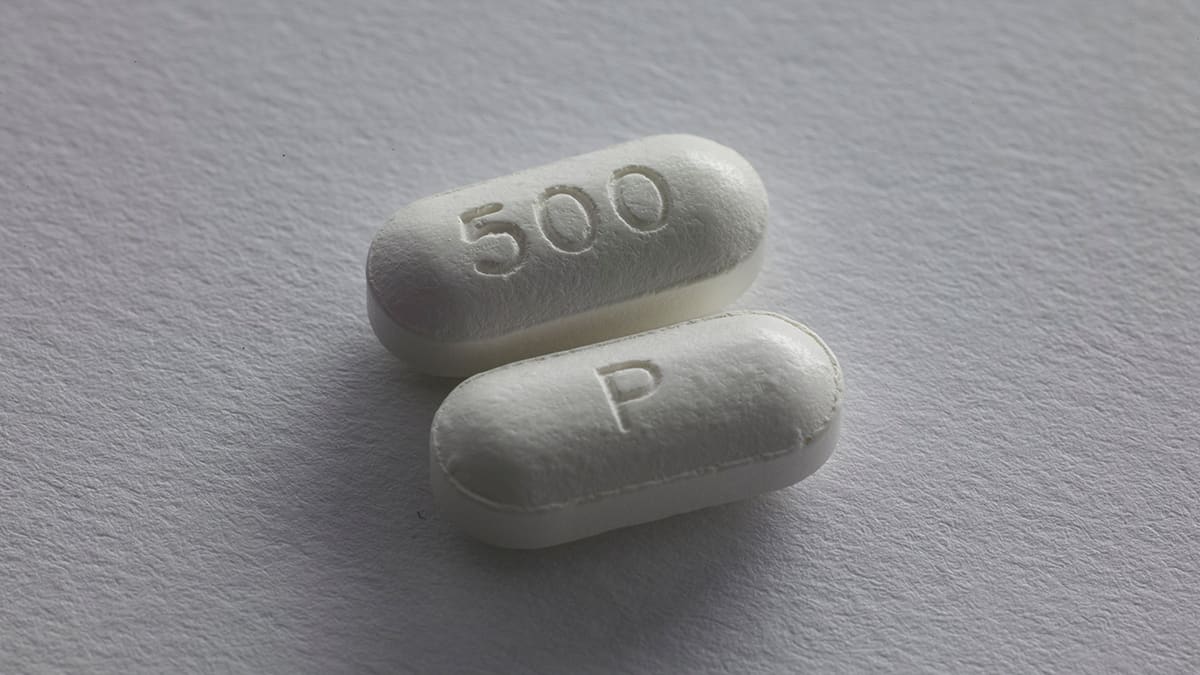Why are Diabetes Drugs like Onglyza, Invokana and Tradjenta So Expensive?
high drug prices

It should come as no surprise that — like most other common, and life-saving prescription drugs in the United States — the cost of diabetes medications have been on the rise for the past few years. People suffering from diabetes (particularly type 2) are being forced to make decisions that no one should have to make, such as purchasing necessary medication or paying bills.
There are many different types of diabetes medications, each dedicated to assisting the body to perform essential functions that — for people who have normal A1C levels — are normal, everyday functions in. But for people with high A1C, these normal, everyday functions present dangerous challenges.
The Effects of Expensive Medication on Americans
According to the most recent research from the American Diabetes Association, diabetes-associated costs were an estimated $327 billion in 2017. That's up 26% from the last time they conducted this research — $245 billion in 2012. Of this total amount, $90 billion is attributed to lost productivity, which could mean needing to miss work due to diabetes-related illness that prevents them from getting to work, or needing to quit their jobs due to the disease.
The direct medical costs account for the remaining $237 billion, which can be broken down into four major categories:
- hospital inpatient care (30%)
- prescription medications (30%)
- anti-diabetic agents and diabetes supplies (15%)
- physician office visits (13%)
Perhaps one of the more disturbing aspects of this data is that the estimated $327 billion is dispersed over just 34.2 million Americans — about 10.5% of the overall population. That works out to be almost $10,000 per year of either out-of-pocket costs or lost wages due to diabetes. If you only include out-of-pocket costs, it's about $7,000 per year — and bear in mind that this doesn't include insurance premiums.
All of these costs add up, and as the United States has continually overlooked this urgent problem, most consumers can expect to see an increase in prices steadily over time. Given that such a significant portion of these costs (nearly half) can be attributed to prescriptions and necessary supplies, such as testing strips, it's likely a fair statement that the people who need these medications could use a break.
But why are diabetes medications so expensive? Why are common prescriptions like Ongylza, Invokana, and Tradjenta so costly? Here's why things are different in the United States, and how Americans can get help lowering their prescription medication costs.

Why Diabetes Medications Are So Expensive in the United States
It's not a secret that people in the United States pay far more for prescriptions than people in most other countries. The question is why. And unfortunately, the answer is it depends on who you ask.
In many countries — particularly ones with national health insurance, like Canada — the price of prescription medications is regulated by the federal government. This is to ensure that the price is at least marginally affordable.
By contrast, the United States has taken the opposite approach, letting drug companies determine the price without interference, believing that the laws of economics (supply, demand, and competition) will drive the price down over time. (Many would argue that hasn't worked out.)
As a result of the U.S. government's laissez-faire approach, prices on prescription medications have risen without any end in sight, and can vary widely depending on patent terms and profit markups. Necessity of the medication — such as life-saving diabetes medication to regulate blood sugar versus medication for something less life-threatening like acne — does not seem to matter in terms of the overall price points set.
Depending on who you ask, the cost of research and development for new drugs can be anywhere from $648 million to $2.7 billion for a single drug. (Though, it should be noted — research shows that the former figure is more accurate.) This includes testing, clinical trials, and the process of approval from the Food and Drug Administration (FDA). So when drug companies finally get their new product to market, they charge whatever they deem to be necessary to make back their research and development costs and turn a profit during their patent period.
In order to extend this patent period, sometimes minor changes are made to the drugs, and then the patent is re-filed. This allows the manufacturer to have exclusivity rights for longer than the typical 20 years, pushing back the timeline as to when a generic drug can be developed and sold at a more affordable price.
Myth: Pharmaceutical Companies Aren't Profitable in Other Countries
One of the myths as to the higher price paid by American consumers is that governments in other countries regulate their prices. The insinuation here is that pharmaceutical companies aren't making "enough" money in other markets, and are therefore taking (a completely legal) advantage of the American market to earn back money they can't get elsewhere.
While profitability is less in countries that regulate and restrict drug prices, profits are not impossible by any means and are often handsome. For the most part, governments are not interested in regulating the price of drugs too low that will benefit their citizens. If the manufacturer decides to not sell in that market because it's not profitable, then their citizens will be negatively affected.
The bottom line is that pharmaceutical companies charge higher prices in the United States because — frankly, they can. There's nothing in their way to stop them. If they can charge double, triple, quadruple, quintuple or more what they do in Canada or the U.K., they often choose to do so, and there is no policy in place to discourage them from doing it. Even Medicare, which is the socialized health insurance program for Americans ages 65 and older, is not allowed to negotiate with drug companies for lower prices. Although there is legislation in the works that would help alleviate this financial burden on elderly populations, it has yet to pass through the Senate.
Critical medications, such as diabetes drugs, end up being priced double, triple, quadruple, or in some cases, ten times above the price set in other countries simply because they're allowed to do so. And if that weren't unfortunate enough, Big Pharma often try to restrict access to generic versions of drugs so they can make additional money on brand-name products.
The Price of Generic vs. Brand Name Diabetes Drugs
Generic drugs are typically more affordable versions of brand name drugs that are developed after the patent period ends. For the most part, they are very similar, if not the exact same and most people are able to take a generic drug with the exact same health results as they had with the brand name drug.
In most cases, generic drugs are cheaper than brand name drugs — at least in part due to the fact that marketing and branding are not as significant a factor, but also because the level of work required is substantially reduced. While generics are still subject to the same regulations and vetting that brand name drugs are, they aren't nearly as expensive to develop because the vast majority of the research and development was conducted by the brand.
Rhyme and Reason to Price Fluctuation
One obviously profit-boosting strategy often employed by pharmaceutical companies is an increase in the cost of drugs, both old and new. But what people may not realize is that this strategy is used on both brand names and generics.
A study conducted by the University of Pittsburgh researched the cost of tens of thousands of drugs between 2005 and 2016. They found that the cost of brand name oral medications increased at about 9% per year — which they noted was about five times the rate of inflation at the time. Furthermore, injectable brand name drugs increased by about 15%.
While one might surmise that these increases were due to new drugs entering the market at a higher price, the researchers found that this wasn't really the case. In many cases, existing drugs were increasing by 9 and 15%, respectively. As an example, they cited Lantus brand insulin, which increased 49% in 2014 alone, at which point the drug had been available for more than 10 years.
Researchers also found that the price of generic drugs increased by about 4% annually for oral doses, and 7% for injectables. Given that the rate of inflation on the U.S. dollar has been about 3% or below for the past decade, the price of medications has been increasing far faster than inflation can keep pace with.
Truly, there's little reason for generic drugs to increase in price at these levels over time. Significant increases in the price of generic drugs (i.e. above the rate of inflation) are essentially just ways to gouge the consumer.
All that being said, there is little (if anything) in place to control the price of brand name drugs in the United States, especially when there isn't a generic to encourage the price down. And in the case of popular and effective diabetes medications, such as Ongylza, Invokana, and Tradjenta, there is no generic alternative because their patents are still in effect.

What Onglyza Costs in Canada vs. America
Onglyza is the brand name of a DPP4 (Dipeptidyl Peptidase-4) inhibitor with the active ingredient saxagliptin, and was approved by the FDA in 2009. Saxagliptin works to reduce blood sugar levels by affecting incretins when combined with a healthy diet and exercise.
Americans looking to purchase Onglyza will find themselves spending nearly $500 for a 30-day supply of the lowest dose (2.5mg) of this once-per-day oral medication — it works out to be about $16.50 per pill.
By contrast, NorthWestPharmacy.com sells Onglyza for about $130 for a 30-day supply of the lowest dose, which works out to be about $4.36 per pill.
What Invokana Costs in Canada vs. America
Invokana is the brand name of another type of diabetes medication that works toward the same goal (lower blood sugar) but through different means, and was approved by the FDA in 2013. The active ingredient is canagliflozin, which is a SGLT2 (Sodium-glucose co-transporter-2) inhibitor, which works to push glucose out of the body in urine, and also blocks the body from reabsorbing glucose. Of course, a healthy diet and exercise are strongly recommended to be paired with this medication. Invokana is the first drug of this kind.
In the U.S., Invokana costs about $582 for a 30-day supply of the lowest dose (100mg), or $19.40 per pill.
NorthWestPharmacy.com sells it for $170 for a 30-day supply of the lowest dose, or about $5.63 per pill.
What Tradjenta Costs in Canada vs. America
Tradjenta is another DPP4 with the active ingredient linagliptin and was approved by the FDA in 2011. It gives insulin levels a boost when blood sugar is too high and communicates to the liver that it should reduce its sugar production — assuming a healthy diet and exercise, of course.
In the U.S., Tradjenta costs about $523 for a 30-day supply, working out to be about $17.43 per pill.
At NorthWestPharmacy.com, we sell Tradjenta for about $145 for a 30-day supply, working out to be about $4.79 per pill.
Looking Abroad for Expensive Medications
Americans who are overburdened with exorbitant healthcare expenses are looking abroad for some financial relief — at least in terms of their prescriptions. For many years, Americans have been crossing the border to purchase medication in person, but the CBC reports that Canadian pharmacists have noticed an uptick in this trend in recent years. So if you're considering an international pharmacy for your medication needs, you're certainly not alone.
Not only can Americans get the medication they need, it can be mailed directly to their door. If they need assistance with their order — or have any questions at all — our customer service representatives are always available to help. They'll walk you through the entire process from start to finish.
Navigating prescription drug costs is almost always stressful and overwhelming. At NorthWestPharmacy.com, our goal is to help you save money on your prescription medications. For more information, you can call us toll free at 1-866-539-5330 or contact us online.